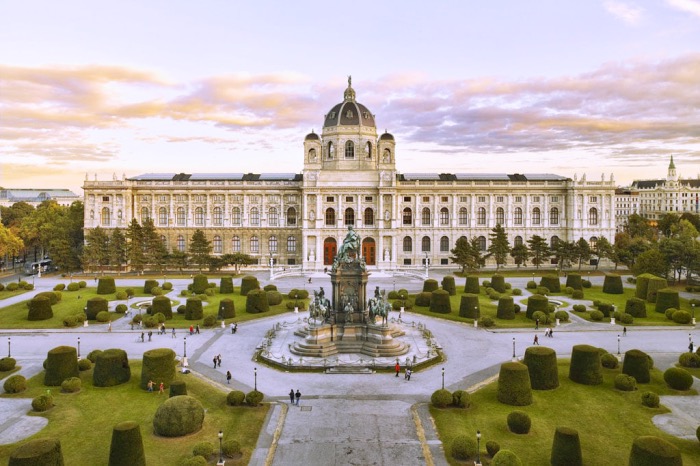
KUNSTHISTORISCHES MUSEUM WORKS: MASTERPIECES TO ADMIRE
Kunsthistorisches Museum works and masterpieces are the protagonists of this post dedicated to one of the most beautiful museums in the world.
It was Joseph II, son of Maria Theresa, who in 1891 opened the marvellous art collection of the Kunsthistorisches Museum and whose primary collections are works collected over the centuries by the House of Habsburg.
Kunsthistorisches Museum works
To those who ask me where to go and what to see in Vienna, I always suggest a visit to the Kunsthistorisches Museum for two reasons: it houses one of the most important art collections in Europe and the largest collection of works by Brueghel the Elder.
Of course there are many other works to see at the Kunsthistorisches Museum.
Here is my list of the unmissable works.
KUNSTHISTORISCHES MUSEUM WORKS: MASTERPIECES YOU SHOULDN’T MISS
Jupiter and Io by Correggio (around 1531)
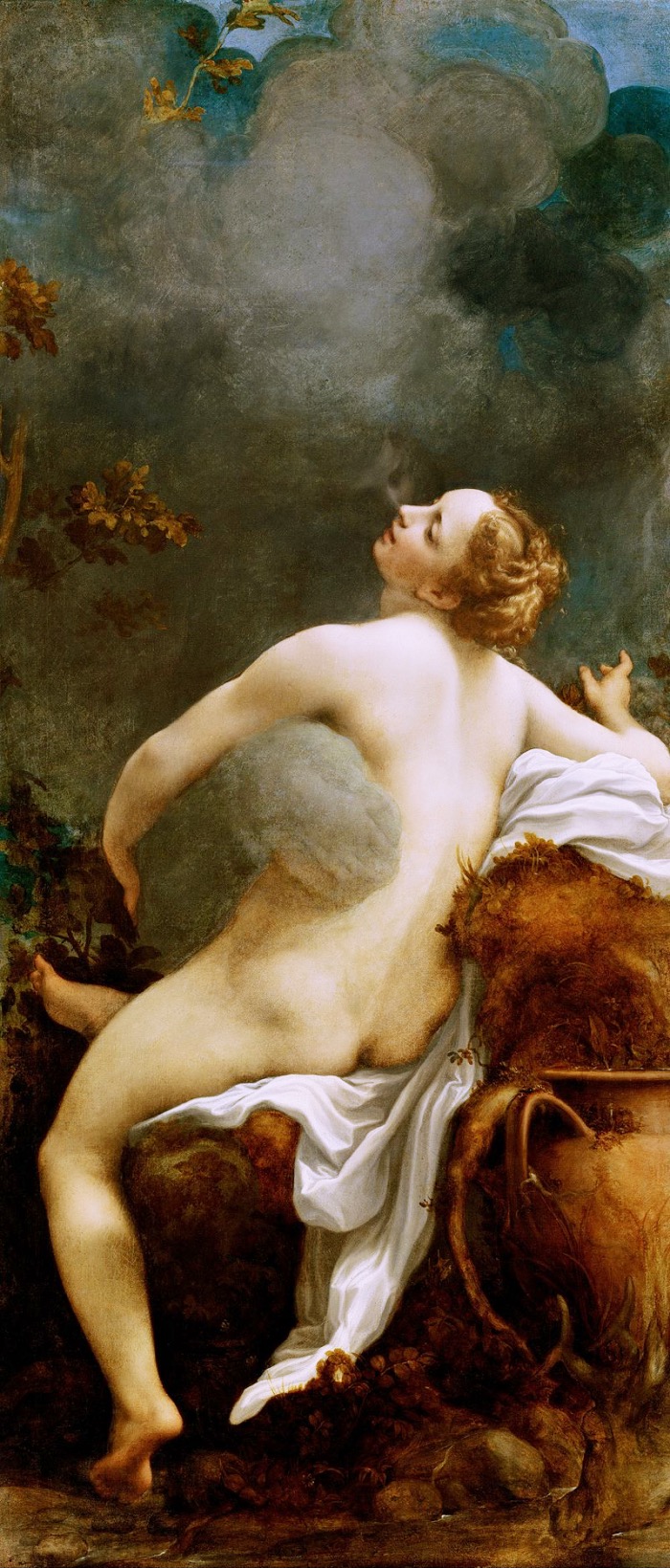
Jupiter and Io by Correggio
Correggio’s masterpiece, the painting “Jupiter and Io” was commissioned from Duke of Mantua Federico II Gonzaga. It was part of a cycle of paintings dedicated to Jupiter’s affairs and, maybe, it was intended to decorate the ducal residence of Palazzo Te.
The painting is inspired by Ovid’s Metamorphoses and in the same cycle of paintings are also “Ganymede Abducted by the Eagle” hanging in the Kunsthistorisches Museum, “Danae” today at the Borghese Gallery of Rome and “Leda and the Swan” housed at the Gemaldegalerie in Berlin.
The Peasant Dance by Brueghel the Elder (1568 – 1569)
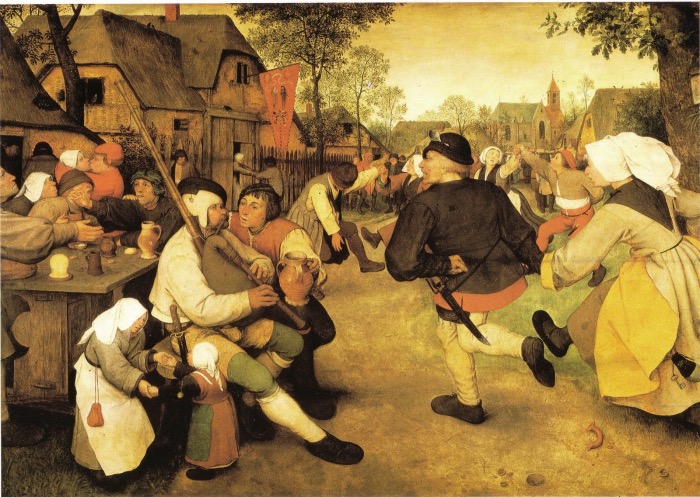
The Peasant Dance by Brueghel the Elder
The painting has appeared in the Kunsthistorisches Museum’s inventory since the early 17th century.
It’s one of the most beautiful scenes of popular banquet in Flemish art. Vivacity and spontaneity used to depict the characters make them similar to a period photograph.
After all, Brueghel the Elder was known as an artist able to observe his time by highlighting the most ironic aspects of ordinary life.
Infanta Margarita Teresa in a Blue Dress (1659)
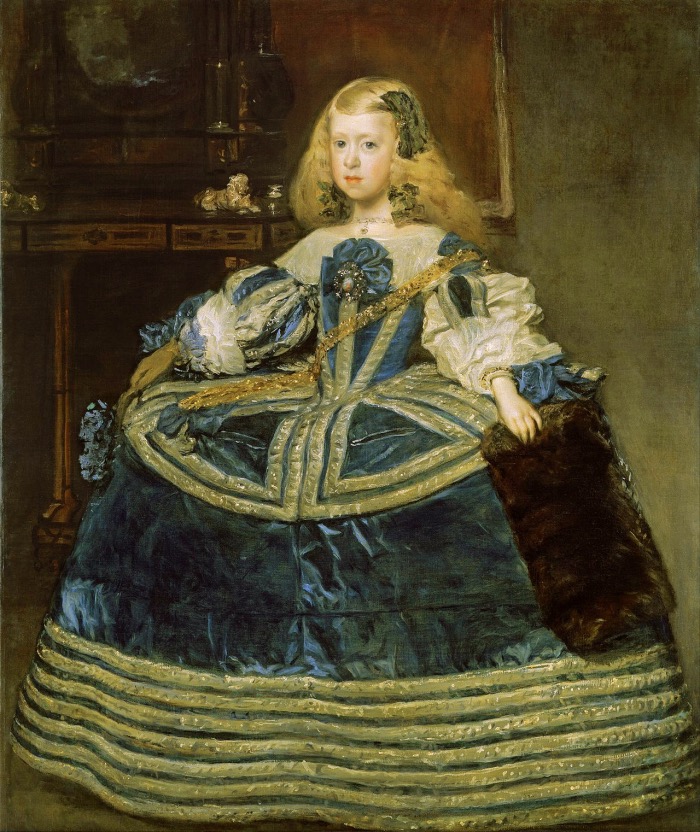
Infanta Margarita Teresa in a Blue Dress
The daughter of Philip IV of Spain and Mariana of Austria is here depicted at the age of 8.
It’s an official painting and intended to be sent to Leopold I, Margarita’s uncle who would be her husband some years later.
The work was painted by using a technique consisting of thin glazing that influenced Manet’s style a lot, to the point that he travelled to Vienna twice in order to admire at a close distance this painting and other Velázquez’s works hanging in the Kunsthistorisches Museum.
The Allegory of Painting by Vermeer (around 1660 – 1672)
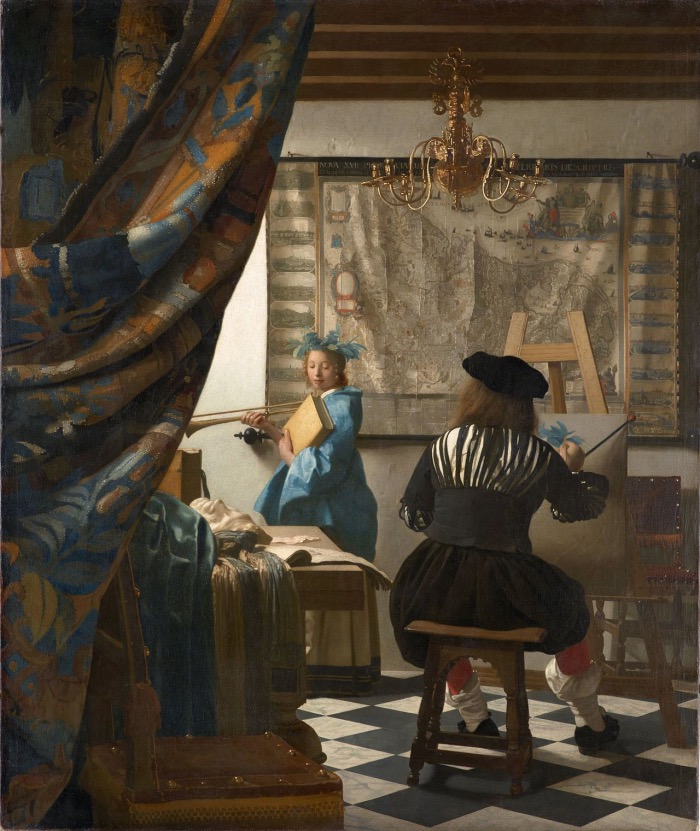
The Allegory of Painting
It’s a famous painting by Vermeer, which the artist kept in his studio in Delft until he died, and arrived in Vienna shortly before WWII.
In 1942 the painting was confiscated by Hitler, but it was exhibited again at the end of the war.
According to some scholars, this could be the painting that Vermeer’s widow had to sell as a guarantee of the payment of a debt; according to others, the model depicted could be one of the artist’s daughters, and it seems that the artist portrayed while working is Vermeer himself.
To know everything about this painting, read the post The Allegory of Painting by Vermeer: description and analysis.
KUNSTHISTORISCHES MUSEUM WORKS: THE VISIT
To plan your visit, book and buy your ticket, go to the page Kunsthistorisches Museum Wien: Skip The Line.

